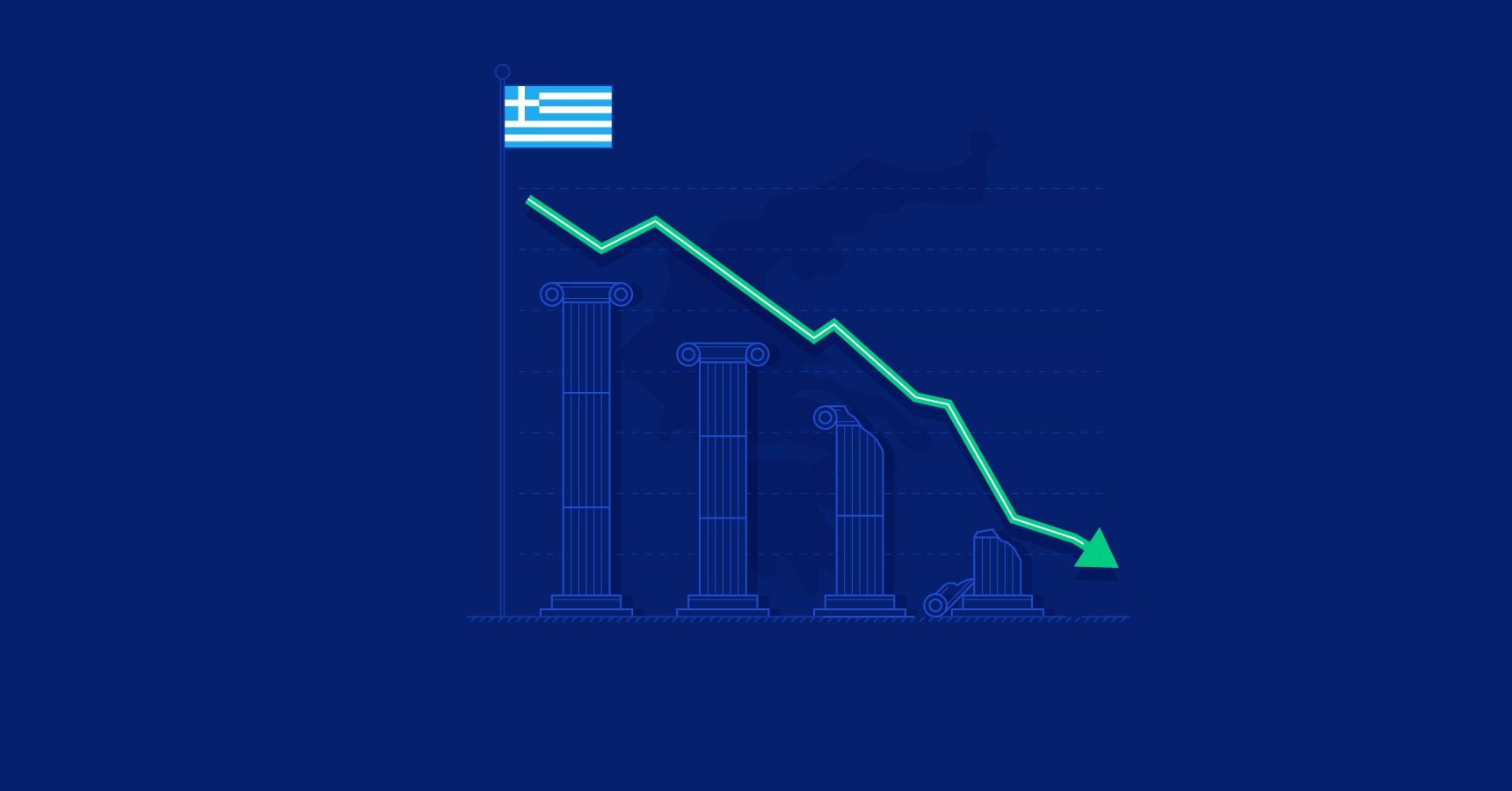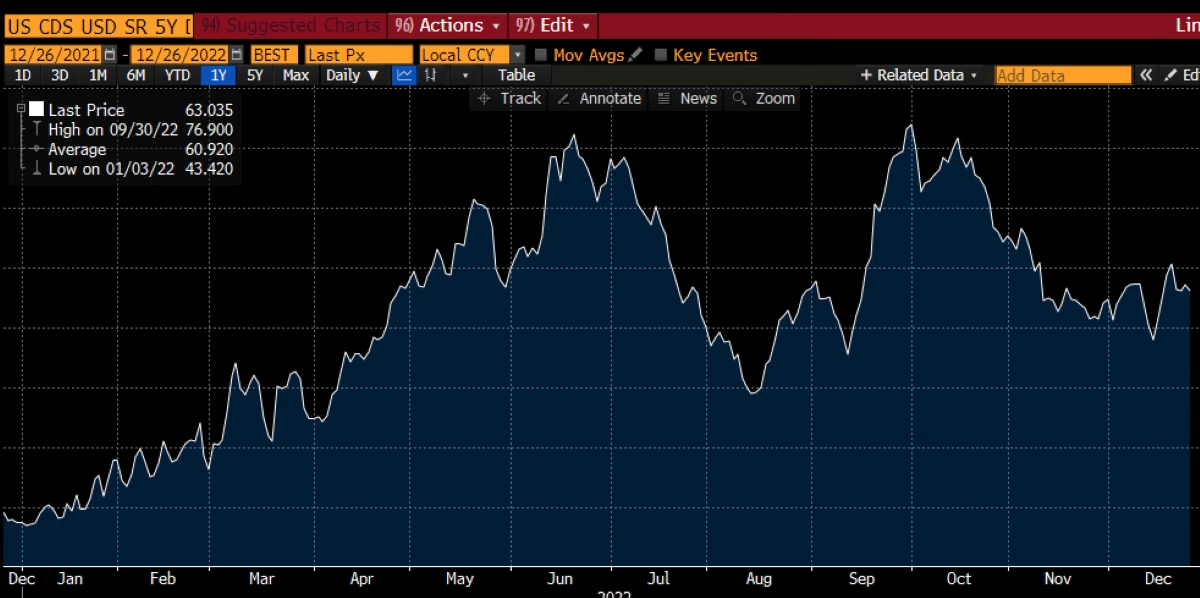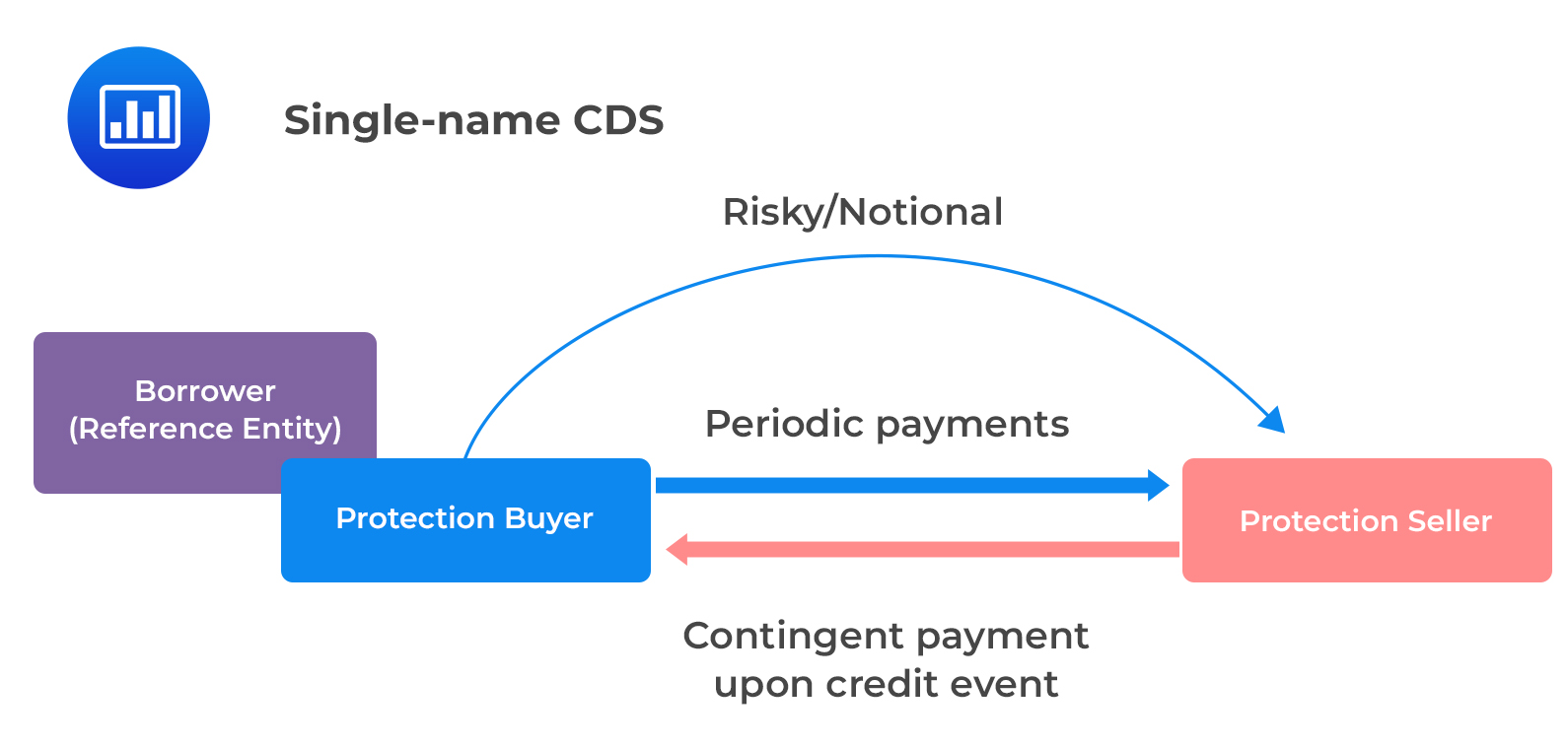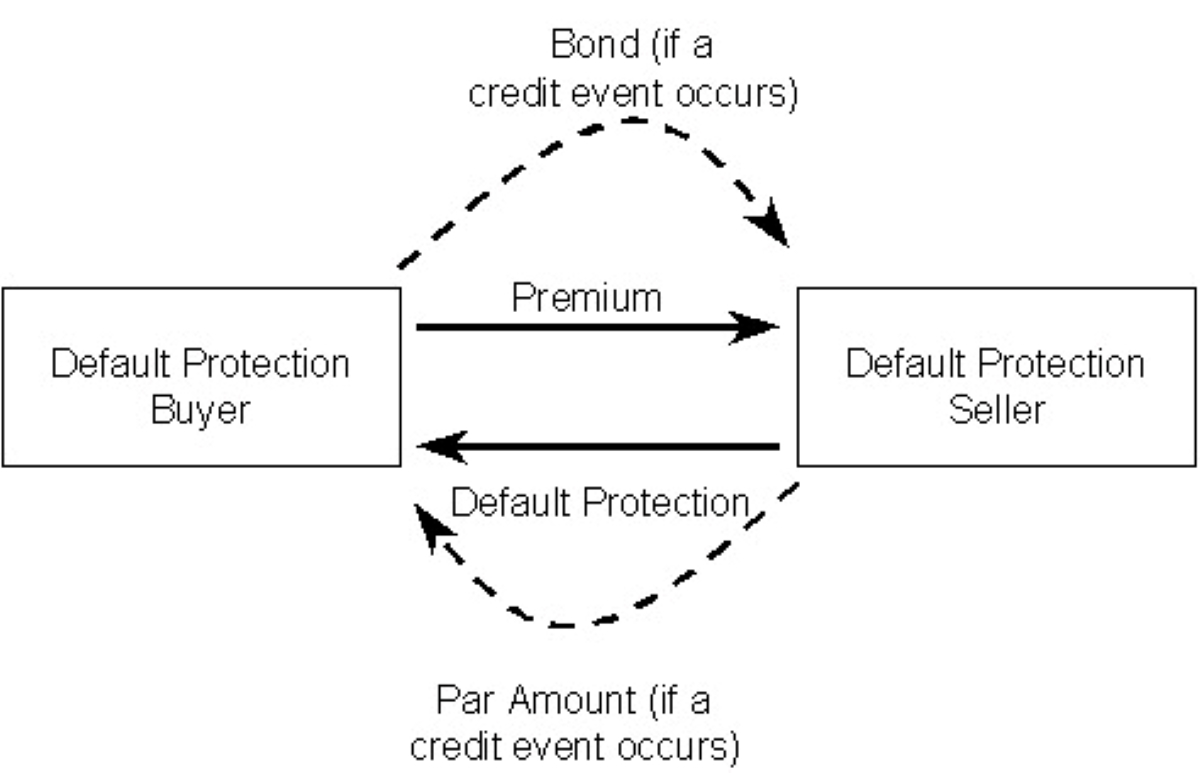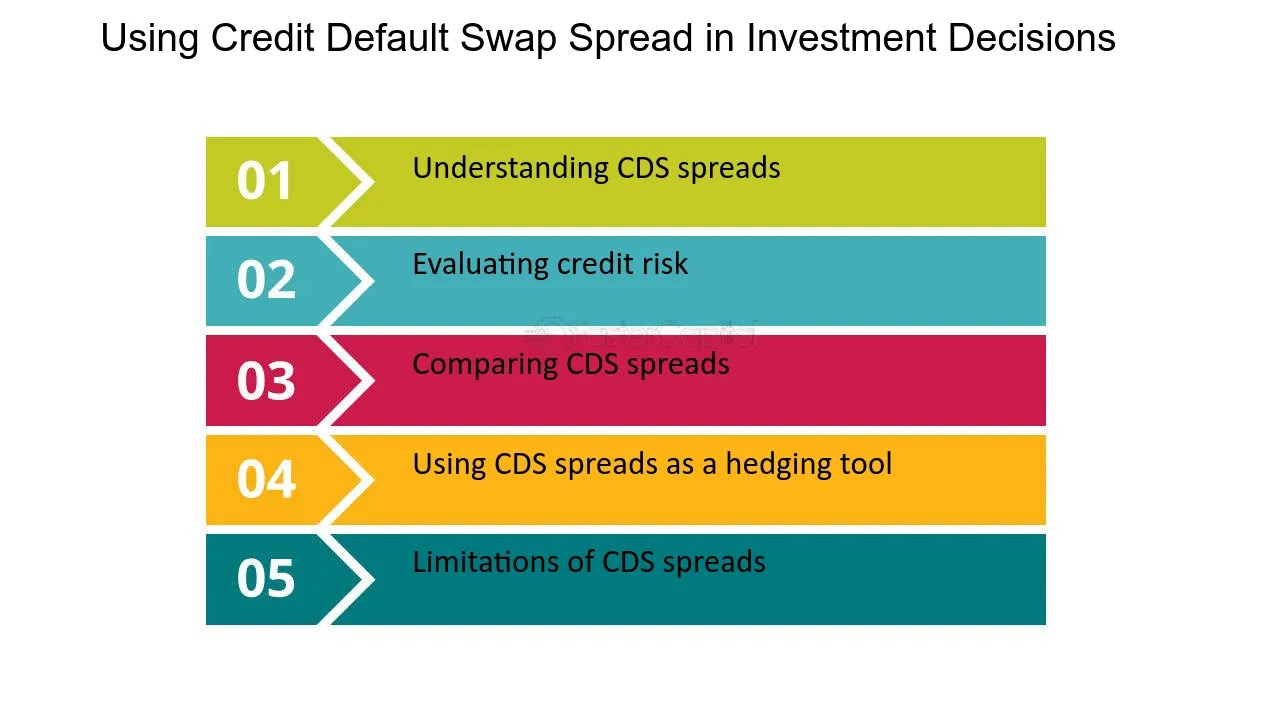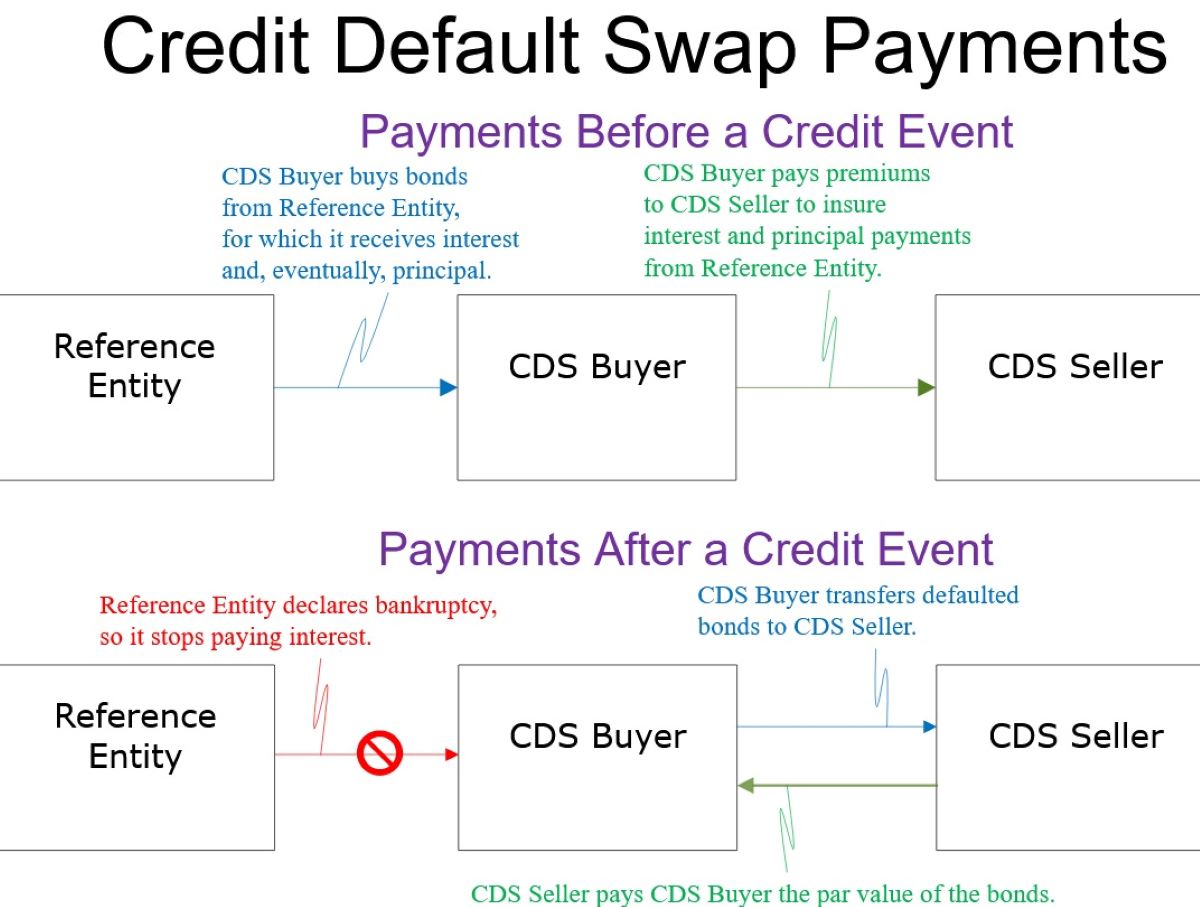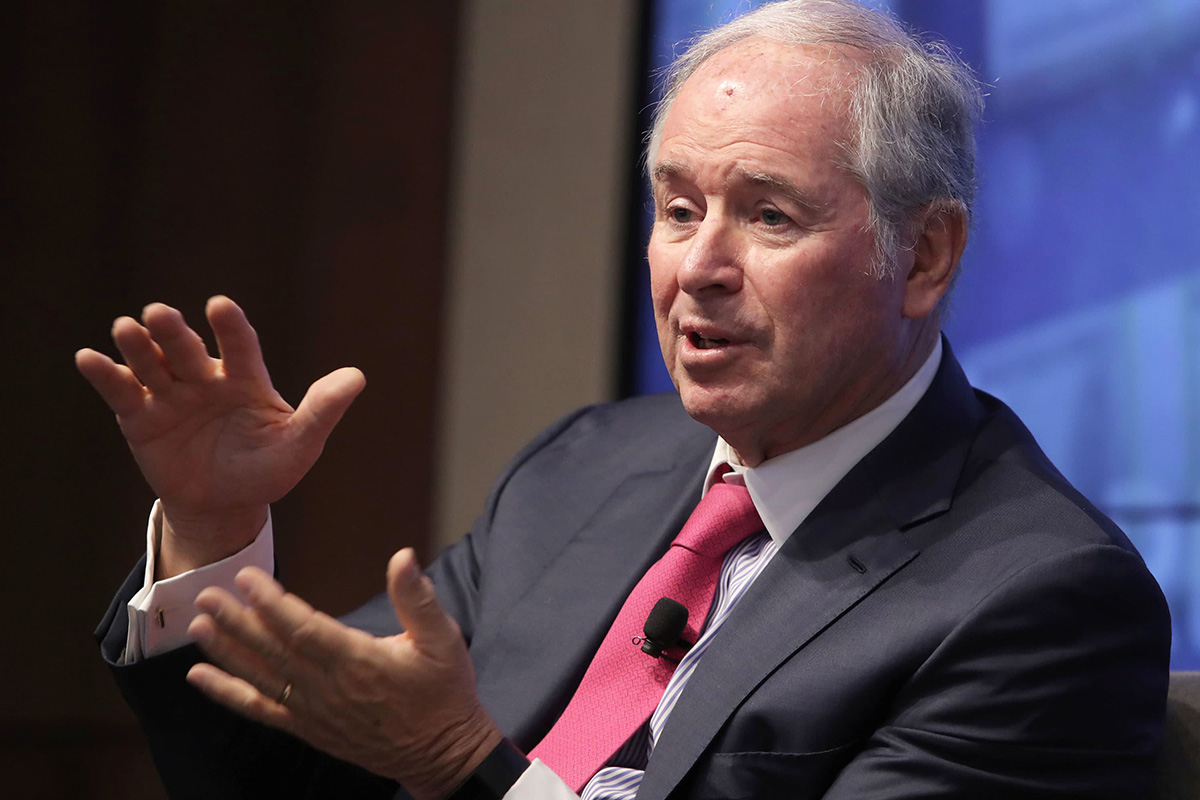

Finance
Where Were Credit Default Swaps Created
Published: March 4, 2024
Discover the origins of credit default swaps and their impact on the world of finance. Uncover the history and development of this influential financial instrument.
(Many of the links in this article redirect to a specific reviewed product. Your purchase of these products through affiliate links helps to generate commission for LiveWell, at no extra cost. Learn more)
Table of Contents
**
The Origins of Credit Default Swaps
**
Credit default swaps (CDS) have played a significant role in the world of finance, particularly in the realm of risk management and investment strategies. These financial instruments are essentially a form of insurance against the default of a borrower or issuer of debt. In essence, they provide a way for investors to hedge against the risk of a borrower failing to meet their debt obligations. The origins of credit default swaps can be traced back to the 1990s, where they were initially conceived as a means of transferring and mitigating credit risk.
As the financial landscape evolved, the need for innovative risk management tools became increasingly apparent. This led to the development of credit default swaps as a way to provide investors with a means of protecting themselves against potential credit losses. The concept of CDS gained traction within the financial industry, and their popularity grew rapidly as financial institutions and investors recognized their potential to mitigate risk and enhance investment strategies.
It’s important to note that the utilization of credit default swaps is not without controversy, as their complex nature and potential for misuse have been a subject of scrutiny and debate. However, understanding the origins of credit default swaps provides valuable insight into their evolution and the impact they have had on the financial landscape.
The Origins of Credit Default Swaps
Credit default swaps (CDS) have played a significant role in the world of finance, particularly in the realm of risk management and investment strategies. These financial instruments are essentially a form of insurance against the default of a borrower or issuer of debt. In essence, they provide a way for investors to hedge against the risk of a borrower failing to meet their debt obligations. The origins of credit default swaps can be traced back to the 1990s, where they were initially conceived as a means of transferring and mitigating credit risk.
As the financial landscape evolved, the need for innovative risk management tools became increasingly apparent. This led to the development of credit default swaps as a way to provide investors with a means of protecting themselves against potential credit losses. The concept of CDS gained traction within the financial industry, and their popularity grew rapidly as financial institutions and investors recognized their potential to mitigate risk and enhance investment strategies.
It’s important to note that the utilization of credit default swaps is not without controversy, as their complex nature and potential for misuse have been a subject of scrutiny and debate. However, understanding the origins of credit default swaps provides valuable insight into their evolution and the impact they have had on the financial landscape.
The Role of J.P. Morgan
J.P. Morgan holds a pivotal place in the history of credit default swaps, having played a significant role in their development and popularization. In the late 1990s, the financial landscape was undergoing a transformation, marked by an increasing demand for risk management tools that could effectively hedge against credit risk. It was during this period that J.P. Morgan made a significant contribution to the evolution of credit default swaps.
J.P. Morgan is credited with pioneering the concept of credit derivatives, which laid the groundwork for the creation of credit default swaps. The institution’s involvement in developing these financial instruments stemmed from a need to address the growing concerns related to credit risk in the financial markets. By introducing credit default swaps, J.P. Morgan provided a mechanism for market participants to transfer and manage credit exposure effectively.
Furthermore, J.P. Morgan’s role in standardizing the documentation and practices associated with credit default swaps was instrumental in fostering the growth of the CDS market. This standardization enhanced transparency and efficiency, thereby contributing to the widespread adoption of credit default swaps as a risk management tool.
While J.P. Morgan’s contributions were pivotal in popularizing credit default swaps, it’s important to recognize that the utilization of these financial instruments has been met with a fair share of criticism and regulatory scrutiny. Nevertheless, J.P. Morgan’s influence on the development and proliferation of credit default swaps remains undeniable, shaping the financial landscape and risk management practices in profound ways.
The Growth of the CDS Market
The emergence of credit default swaps (CDS) heralded a transformative period in the financial markets, marked by the rapid expansion of the CDS market. Following their inception in the late 1990s, credit default swaps gained traction as a popular risk management tool, fueling the growth of a market that would become increasingly intertwined with the global financial system.
One of the key drivers behind the growth of the CDS market was the flexibility and versatility offered by these financial instruments. Market participants, including financial institutions, asset managers, and hedge funds, were drawn to the potential of credit default swaps to hedge against credit risk and enhance investment strategies. The ability to customize CDS contracts to specific credit exposures contributed to their widespread adoption, further propelling the expansion of the market.
Moreover, the growth of the CDS market was fueled by the increasing demand for ways to manage and transfer credit risk. As financial institutions sought effective tools to mitigate the impact of credit events, credit default swaps emerged as a viable solution, driving the proliferation of CDS transactions and market activity.
However, the rapid growth of the CDS market was accompanied by concerns regarding transparency, counterparty risk, and the potential for speculative trading. These issues came to the forefront during the global financial crisis of 2008, underscoring the complexities and risks associated with the CDS market.
Despite the challenges and criticisms, the growth of the CDS market underscored the significant role these financial instruments played in shaping risk management practices and investment strategies. The evolution of the CDS market reflects the dynamic interplay between financial innovation, market demand, and regulatory considerations, highlighting the profound impact of credit default swaps on the financial landscape.
The Impact of CDS on the Financial Crisis
The global financial crisis of 2008 cast a spotlight on the role of credit default swaps (CDS) and their profound impact on the financial landscape. As the crisis unfolded, the complexities and interconnectedness of the CDS market became increasingly apparent, contributing to the systemic risks that permeated the global financial system.
One of the key implications of credit default swaps during the financial crisis was their role in amplifying and disseminating credit and liquidity risks. The widespread use of CDS as a means of hedging and speculating on credit exposures led to intricate webs of interconnected obligations, creating a complex network of counterparty risks that exacerbated the contagion effects of the crisis.
Furthermore, the lack of transparency and oversight in the CDS market became a focal point during the financial crisis, as the opacity of CDS transactions and the challenges associated with assessing counterparty risk contributed to heightened market uncertainty and instability. The inability to accurately gauge the extent of credit default swap exposures added a layer of uncertainty to an already tumultuous financial environment.
The financial crisis also underscored the challenges associated with the valuation and settlement of credit default swaps, as market participants grappled with the complexities of pricing CDS contracts and the implications of credit events on their underlying assets. These dynamics further exacerbated market volatility and liquidity strains, amplifying the systemic repercussions of the crisis.
As a result, the impact of credit default swaps on the financial crisis prompted a reevaluation of risk management practices, regulatory frameworks, and the broader implications of financial innovation. The crisis served as a catalyst for heightened scrutiny and reforms aimed at addressing the vulnerabilities exposed by the CDS market, underscoring the need for enhanced transparency, risk mitigation, and regulatory oversight.
While credit default swaps played a pivotal role in shaping the dynamics of the financial crisis, their impact also spurred a reassessment of the complexities and risks associated with financial derivatives, leading to a recalibration of risk management strategies and regulatory approaches in the post-crisis era.
Conclusion
The evolution and impact of credit default swaps (CDS) have left an indelible mark on the financial landscape, shaping risk management practices, investment strategies, and regulatory considerations. From their origins as innovative risk management tools to their role in the global financial crisis, credit default swaps have been a subject of both fascination and scrutiny, reflecting the complex interplay between financial innovation and market dynamics.
Despite the controversies and challenges associated with credit default swaps, their significance in the realm of risk management cannot be understated. The development of the CDS market underscored the demand for effective mechanisms to transfer and hedge credit risk, reflecting the ever-evolving needs of market participants in an increasingly interconnected global financial system.
The influence of credit default swaps on the financial crisis of 2008 served as a watershed moment, prompting a critical reexamination of the implications of complex financial derivatives and their systemic risks. The crisis shed light on the intricacies of the CDS market, emphasizing the imperative of transparency, risk mitigation, and regulatory oversight to safeguard the stability of the financial system.
As the financial landscape continues to evolve, the legacy of credit default swaps persists, shaping the contours of risk management and financial innovation. The lessons gleaned from the tumultuous experiences of the CDS market have catalyzed reforms and recalibrations aimed at fortifying the resilience of the financial system and enhancing risk governance practices.
In conclusion, the journey of credit default swaps encapsulates the intricate dynamics of financial innovation, market complexities, and regulatory imperatives. While the impact of CDS has been profound and at times tumultuous, their evolution underscores the imperative of balancing innovation with prudence, transparency, and robust risk management frameworks to navigate the complexities of the modern financial landscape.
